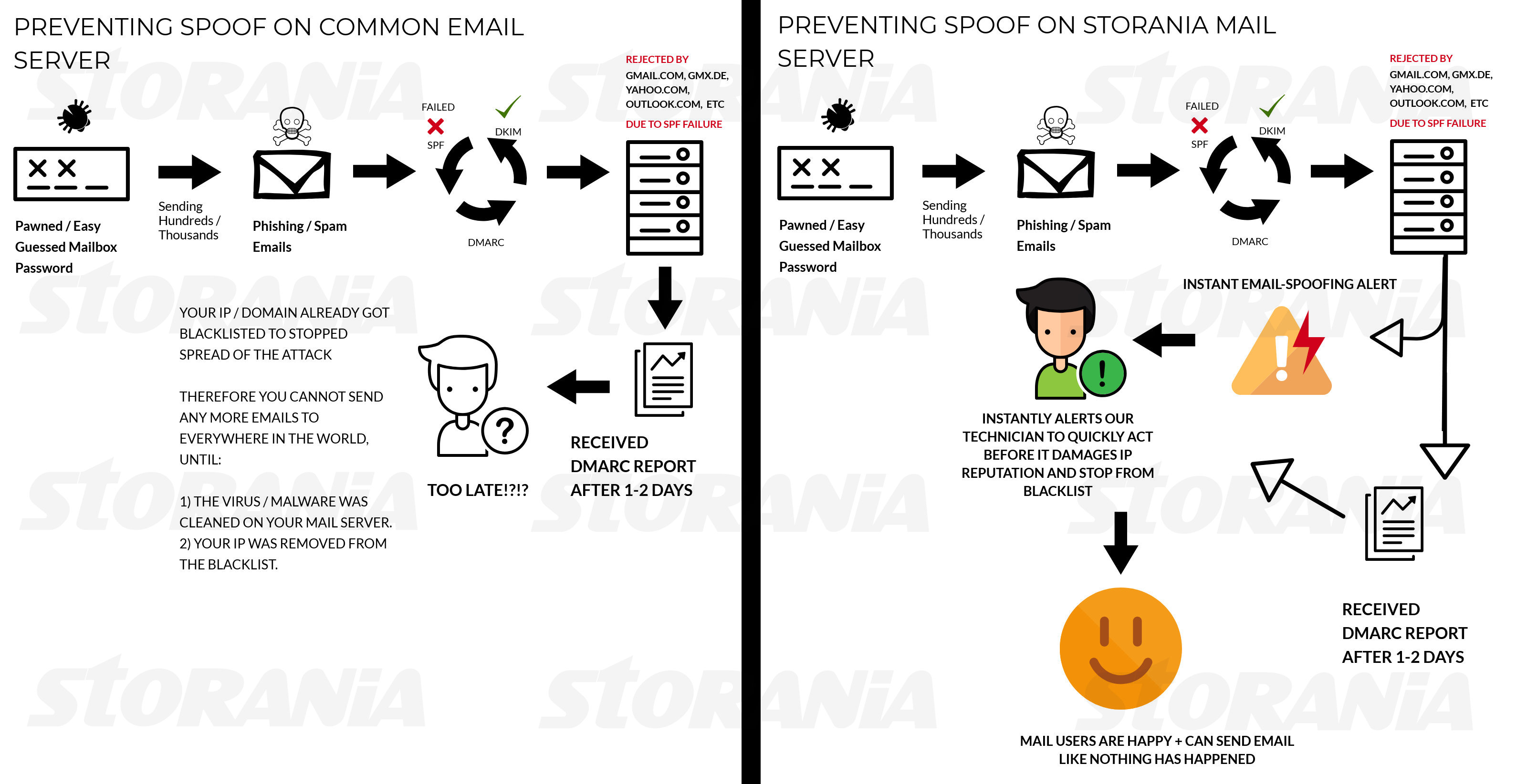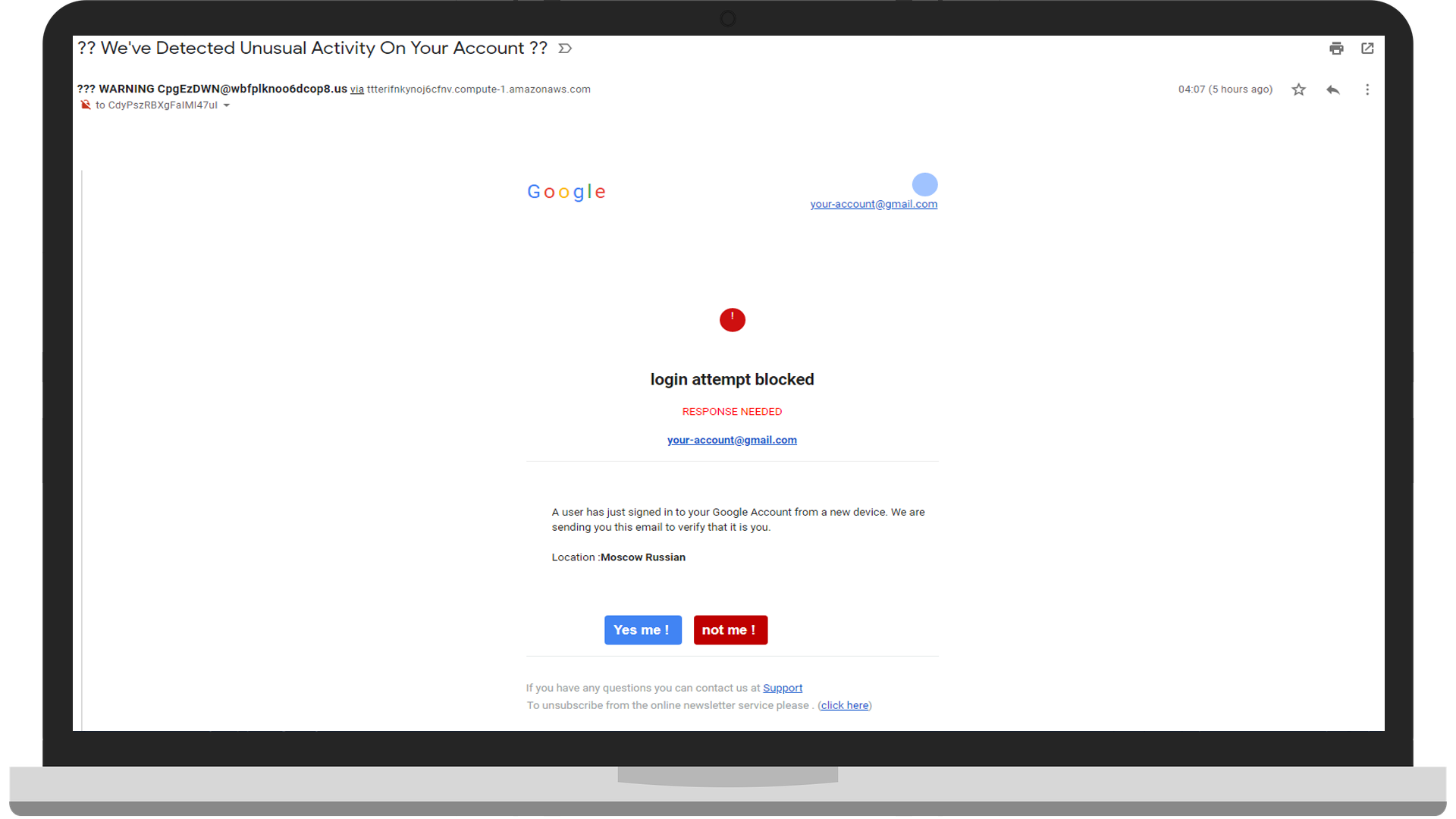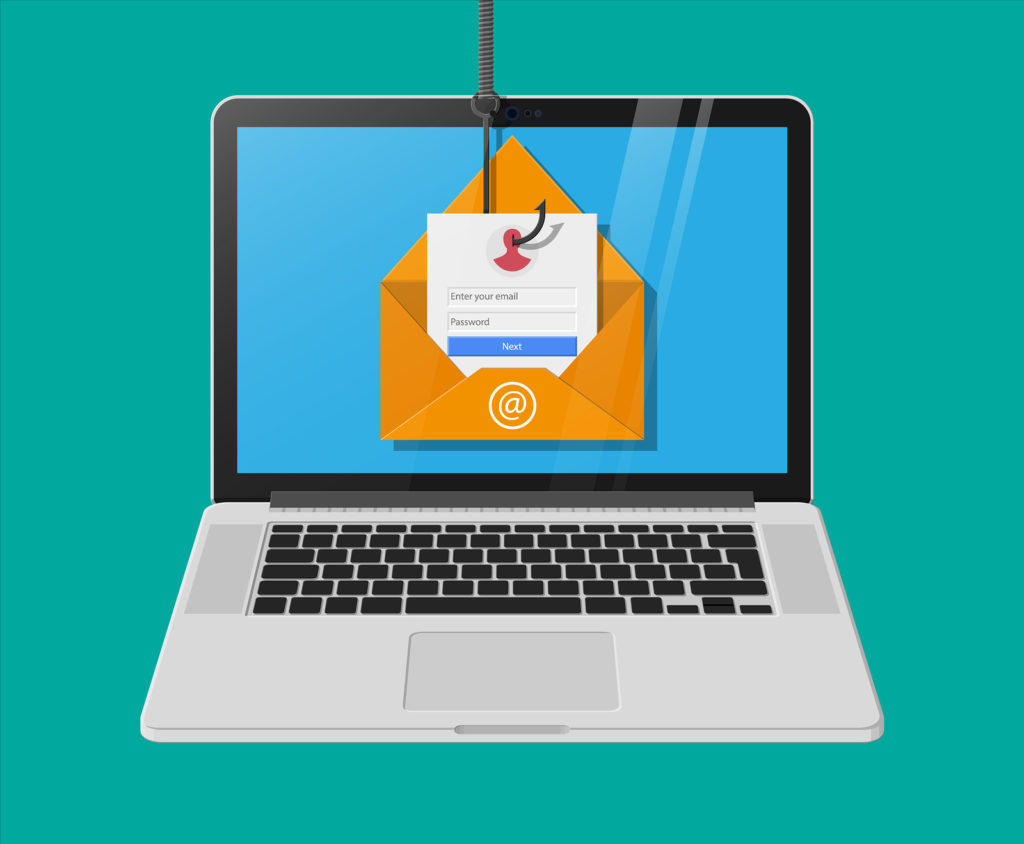20 Domain Name Email Spoofing Update
In addition to the name you can also develop an email address of your wish.
Domain name email spoofing. A carefully tailored spf record will reduce the likelihood of your domain name getting fraudulently spoofed and keep your messages from getting flagged as spam before they reach your recipients. Email spoofing is the creation of email messages with a forged sender address. Forging of an email header so that the message seems to originate from someone or somewhere different from the actual source.
Domain owners publish the public key in their domain name service dns permitting receiving email servers to look up and cryptographically verify dkim signatures. However domain spoofing is the most common type of ad fraud. Email spoofing is when someone sends an email with a forged sender address.
If you want to prevent ad fraud you should start with domain. If a domain is set up properly they ll put an end to those spoofed messages quickly or at least until the spoofer uses a different ip address. The goal of domain spoofing is to trick a user into interacting with a malicious email or a phishing website as if it were legitimate.
Email spoofing is a scheme used in both phishing and spam campaigns because users don t want to open an email if they don t trust the legitimacy of the source. Email spoofing is trivially. Something that is simple to do because many mail servers do not perform.
With the rise of technology and digital ad budget ad fraudsters have also evolved and in fact there are 30 types of ad fraud today. Typically the sender s name or email address and the body of the message are changed to mimic a legitimate source such as a bank newspaper or company. One of the safety measures that your organization should follow is to protect your organization s domain to limit unauthorized fraudulent phishing spoofing email mailing from your organization domain s name.
Domain spoofing is when cyber criminals fake a website name or email domain to try to fool users. Spoof email allows you to alter your name anonymously and confuse your senders with any title name. According to the federal trade commission over 96 of companies operating are vulnerable to domain spoofing attacks in one form or another.


















